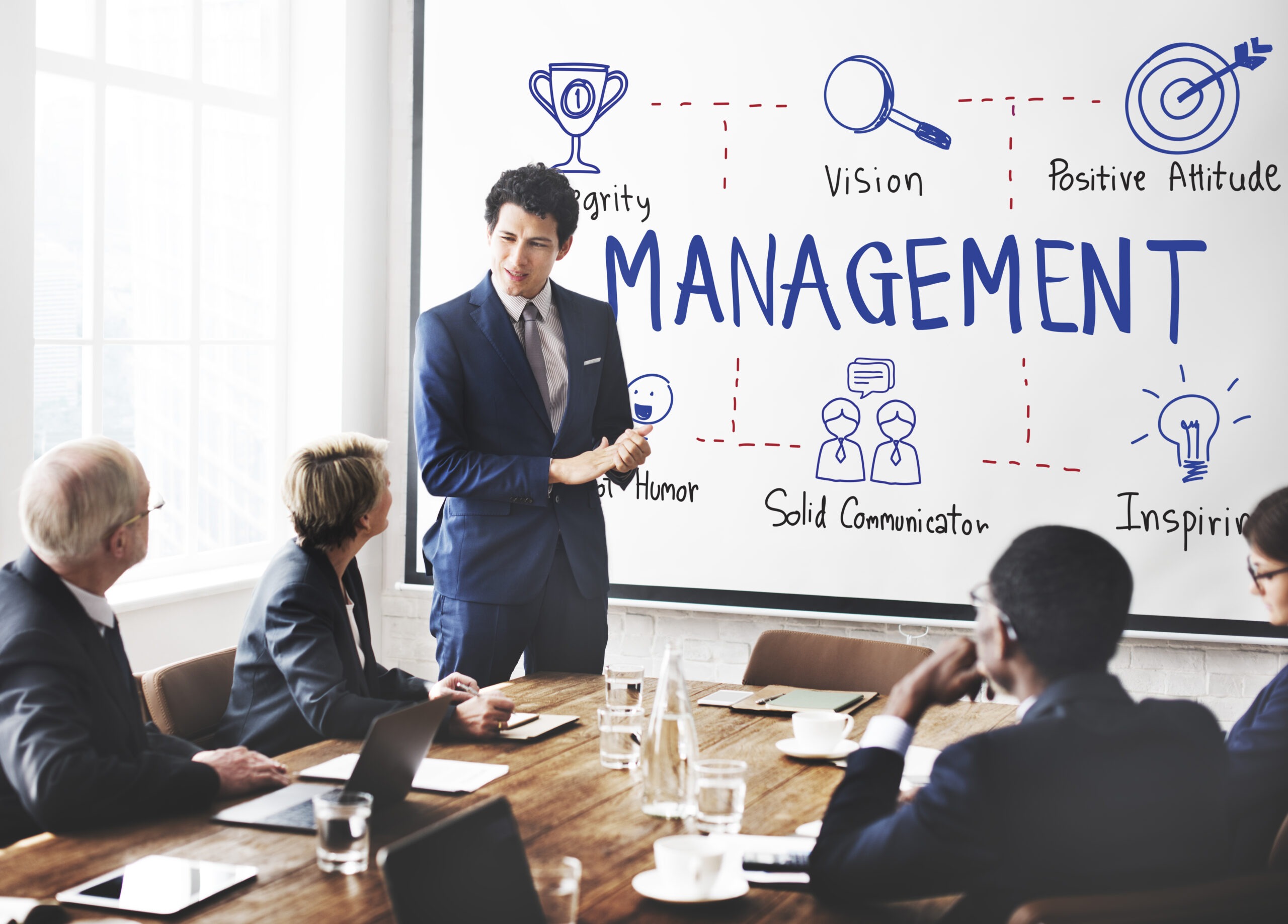In retail, what you see is often not the full picture. A sales report can tell you how much you sold—but not why you missed out on more. Staff schedules may show coverage, but not who’s truly productive. That’s where modern retail management software steps in.
Using the right tools—especially ones built with actual retail pain points in mind—gives operators a daily view into their stores. With capabilities like People Counters, rep-level sales tracking, and idle time monitoring, today’s software delivers visibility, not just data.
Let’s break down how this software helps you understand, improve, and scale what’s really happening on the floor.
Contents
- 1 1. Seeing the True Traffic with People Counters
- 2 2. Uncovering Missed Opportunities
- 3 3. Measuring Employee Performance Objectively
- 4 4. Improving Scheduling Based on Actual Traffic
- 5 5. Preventing Time Theft and Idle Time
- 6 6. Comparing Stores and Districts with Uniform Metrics
- 7 7. Real Insights, Not Just Reports
- 8 Conclusion: It’s Not Just What You Track—It’s What You See
- 9 FAQs: Retail Management Software & People Counters
1. Seeing the True Traffic with People Counters
Most stores track foot traffic. Few track true traffic—meaning actual customers, not employees or passersby.
A People Counter powered by the right technology can distinguish between staff and customers. When paired with retail management software, this data becomes actionable. It tells you:
- When actual customers enter
- How many left without interaction
- Which times are busiest but underperforming
This visibility is crucial. Without true traffic data, sales conversion rates and scheduling decisions are often based on guesswork.
2. Uncovering Missed Opportunities
Retailers often focus on conversion rates, but the bigger question is: What are you missing—and why?
With a system that combines People Counters and retail management software, you can track:
- Unattended customer counts
- Time between customer arrival and first interaction
- Sales rep idle time vs. engagement time
This helps reveal exactly when and why reps fail to engage. You’ll no longer rely on anecdotes—because the data will show you which shifts, stores, or employees consistently miss sales opportunities.
3. Measuring Employee Performance Objectively
Retail success relies heavily on your frontline team. But without verified data, assessing performance can be biased or incomplete.
Retail management software brings objectivity by reporting:
- Rep-level sales conversion
- Interaction lengths
- Idle and active time
- Staff presence during peak hours
When integrated with People Counters, these insights help you separate effort from excuses. Managers can coach based on facts, not feelings, and high performers can be recognized with clarity.
4. Improving Scheduling Based on Actual Traffic
Many retailers still use static schedules, missing the chance to optimize labor costs and coverage.
Retail management software can suggest smart staffing plans based on:
- Daily and hourly People Counter trends
- Rep performance during different traffic windows
- Sales results tied to schedule quality
This allows you to schedule top reps when traffic peaks and reduce payroll waste during slow times—without sacrificing service.
5. Preventing Time Theft and Idle Time
Idle time and buddy punching cost retailers both money and momentum. With integrated employee tracking, modern retail management software flags:
- Gaps between shifts and activity
- Employees who are physically present but not engaged
- Buddy punching incidents using time-tracking tools
By tracking employee time and their activity in correlation with customer flow, store owners get a clear picture of accountability.
6. Comparing Stores and Districts with Uniform Metrics
For multi-unit operators, one of the biggest challenges is getting consistent data across all locations.
With centralized retail management software and standardized People Counter inputs, you can:
- Compare performance across stores or regions
- Spot underperforming teams
- Set benchmarks that actually reflect store opportunity
This not only drives top-line growth but also creates a culture of transparency and fairness.
7. Real Insights, Not Just Reports
Reports without context are just numbers. The best retail management software translates data into insights by highlighting:
- Trends over time
- Outliers and exceptions
- Predictable patterns (like weekend slumps or rep-level gaps)
Combined with People Counter data, these tools let retailers not just react—but plan ahead with confidence.
Conclusion: It’s Not Just What You Track—It’s What You See
Seeing what’s really happening in your stores means going beyond POS data and camera feeds. It means measuring customer flow, rep activity, interaction timing, and sales performance in one system.
Retail management software that includes People Counter technology gives you that view—so you can spot gaps, coach better, schedule smarter, and raise your bottom line.
Retailers who invest in data-driven visibility don’t just run stores. They lead them.
FAQs: Retail Management Software & People Counters
Q1: What’s the difference between a regular traffic counter and a smart People Counter?
A smart People Counter distinguishes between customers and employees. This helps track only customer visits, providing cleaner data for conversion and staffing decisions.
Q2: Can retail management software help reduce labor costs?
Yes. By aligning schedules with actual traffic patterns and identifying idle time, the software helps optimize labor allocation without overstaffing.
Q3: How does the software measure employee performance?
Performance is tracked through data such as sales conversion rates, time spent with customers, and idle periods, giving managers objective coaching tools.
Q4: Is this software only for large retailers?
Not at all. Multi-unit operators and smaller retailers benefit equally—especially those looking to grow or improve consistency across locations.
Q5: How quickly can I see results from using this software?
Most ReBiz users report meaningful insights and early improvements within 30 to 60 days, especially in rep performance and scheduling efficiency.


